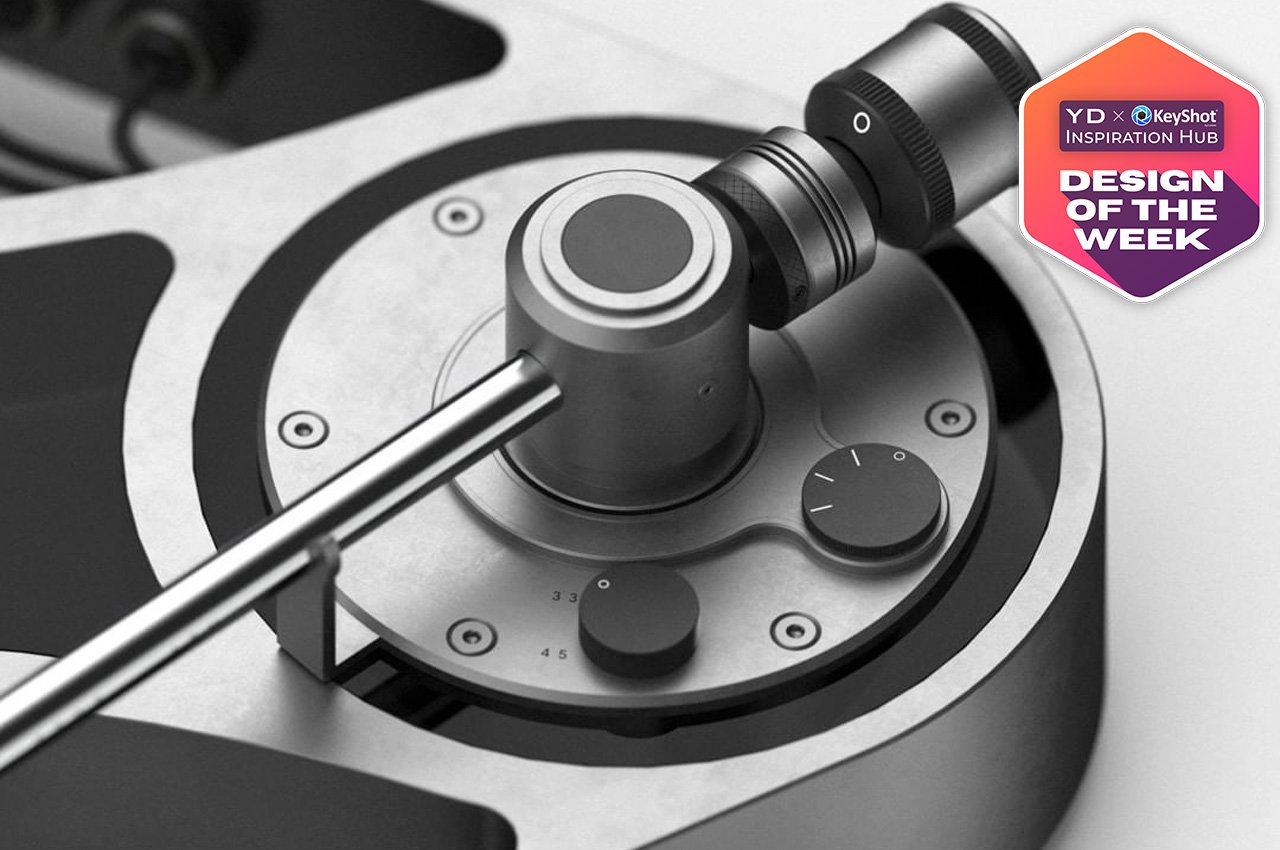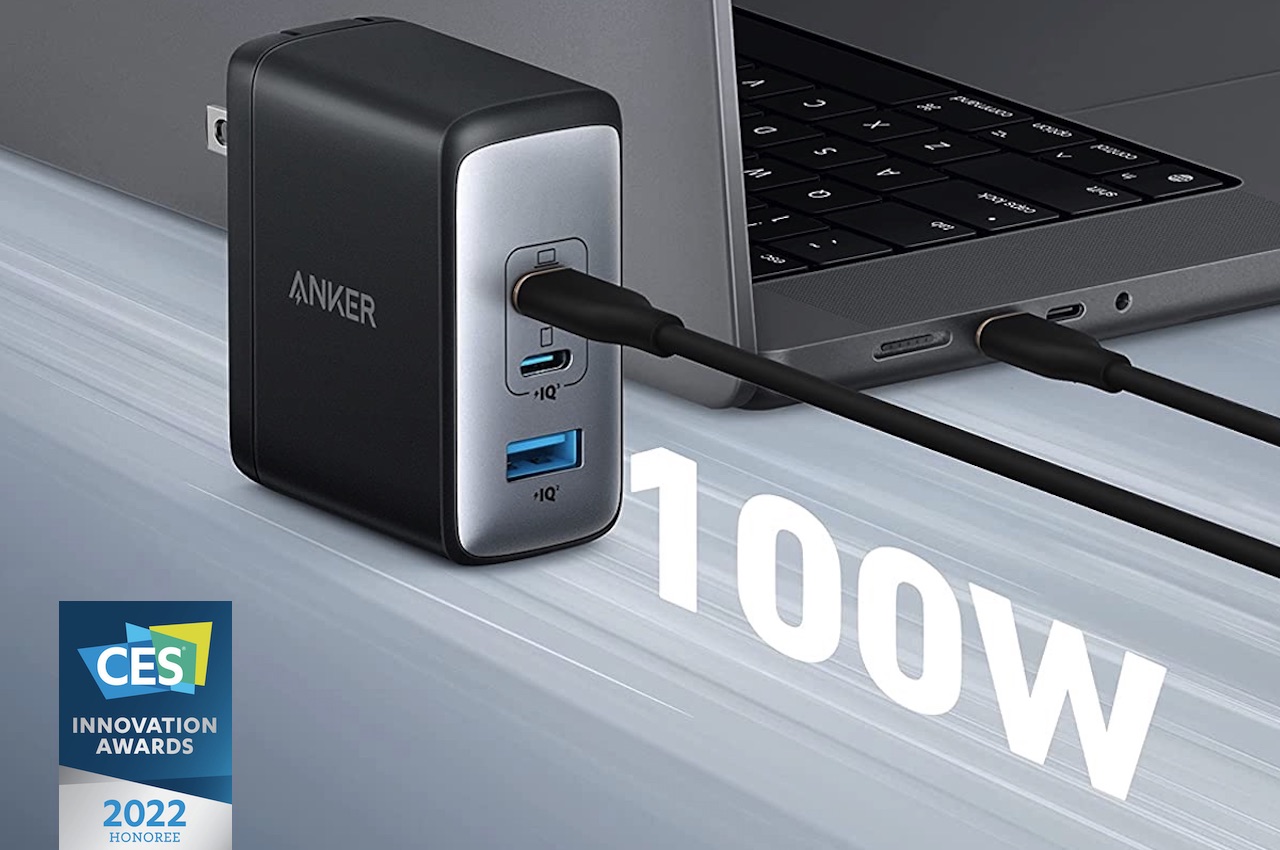#What Does NIP Mean, and How Do You Use It?

Table of Contents
“#What Does NIP Mean, and How Do You Use It?”

“NIP” is a crucial acronym if you’re trading valuable items on the internet. Keep reading to find out what it means and why you should watch out for it—and why NIP can mean big bucks.
New in Package
In online marketplaces, NIP stands for “new in package.” Sellers use this acronym to refer to items that are brand new and still in their original packaging. You can find this practice on websites such as eBay, Facebook Marketplace, or specialized reseller communities for various product categories. It’s frequently combined with “condition,” which is the part of a sales post where the seller states the item’s current status. A similar term, “NIB,” means “new in box.”
A “new in package” item has the closest retail value to the original price. If a product is NIP, the seller has likely never opened it or taken off any seal on the packaging, such as plastic wrap or seal on a box. Depending on the product type, the value of an item may drop after the packaging is opened. It drops even further once someone uses the product, which is when the product goes from NIP to “used.”
This acronym is primarily in uppercase to avoid confusion with the word “nip,” which means to pinch someone or snatch something. You might also see the idiomatic expression “nip it in the bud,” which means to end something before it has a chance to progress.
One thing to note is that NIP is mainly for products with prominent packaging such as electronics, toys, and appliances. Some products, particularly garments, don’t come with unique packaging. Clothing sellers instead use “NWT” and “BNWT,” which stand for “new with tags” and “brand new with tags,” respectively.
The Origin of NIP
The term “NIP” likely originated in online sales websites and classifieds such as eBay and Craigslist in the 90s or early 2000s. It then spread to mainstream online services (such as Facebook and Twitter) in the 2010s as online selling became more ubiquitous.
However, evaluating products based on their packaging has been a practice in person-to-person selling for a long time. For example, Hemingway’s apocryphal short story “For sale: Baby shoes, never worn” is one of the most famous examples of flash fiction. It reveals that them being “never worn” is essential information. Acronyms like NIP are arguably a continuation of that.
Retaining Value
Products that are NIP are often closest to their original value. When a product is sold close to its original release date and has not been discounted yet, an NIP listing can sell for close to the original retail price. This might require information like a receipt or papers to confirm its legitimacy.

For example, let’s say you accidentally bought two pairs of the newest AirPods right at launch. If you haven’t opened one of the boxes at all, you will likely be able to sell them for nearly the regular price. You might also be reselling several items that you managed to obtain at a bulk discount, in which case, you can likely sell them for the standard shelf price.
However, as mentioned earlier, there’s a hierarchy of value regarding reselling items online. NIP products are at the top, with unused but opened items below them. After that are products that are EUC and GUC, which stand for “excellent used condition” and “good used condition.” These are acronyms used to describe the state of a used product.
Collection Value

Leaving products in their original packaging is very common in particular enthusiast and collector circles. A great example is in the toy collecting community, where rare action figures that are decades-old resell for hundreds or thousands of dollars each. Many collectors never even open the packaging on certain limited items to ensure that they retain their prices over the decades. These products often instantly lose a significant amount of value if the packaging is open or damaged.
This practice is also common in trading card communities. Since individual baseball or basketball cards can be worth a ton, many sellers will trade packs instead. Each package can contain cards that are essentially worthless or valued at thousands of dollars. There are organizations that verify the authenticity and condition of trading card foils.
For collectors, NIP may be synonymous with “mint in box” or “mint in packaging,” sometimes abbreviated to MIB and MIP.
RELATED: Here’s How Much Your ’90s Toys Are Worth
How to Use NIP
If you’re interested in using NIP to improve your sales posts, it’s pretty straightforward. Just add it to any sales post where the product you’re selling is unused and still in the original packaging that it came in. Or if you’re looking to buy a product in mint condition, search for “NIP” in online marketplaces like eBay.
Here are a few examples of NIP in action:
- “Condition: NIP, never been used.”
- “I’m selling a NIP iPhone 13 Pro, Graphite Black, 256GB.”
- “Does anyone know where to get this newest toy, NIP?”
Good luck, and happy shopping!
If you liked the article, do not forget to share it with your friends. Follow us on Google News too, click on the star and choose us from your favorites.
For forums sites go to Forum.BuradaBiliyorum.Com
If you want to read more like this article, you can visit our Technology category.




